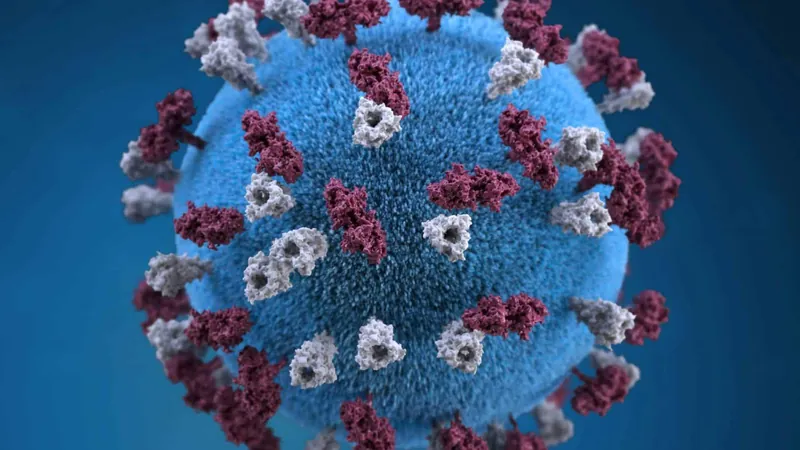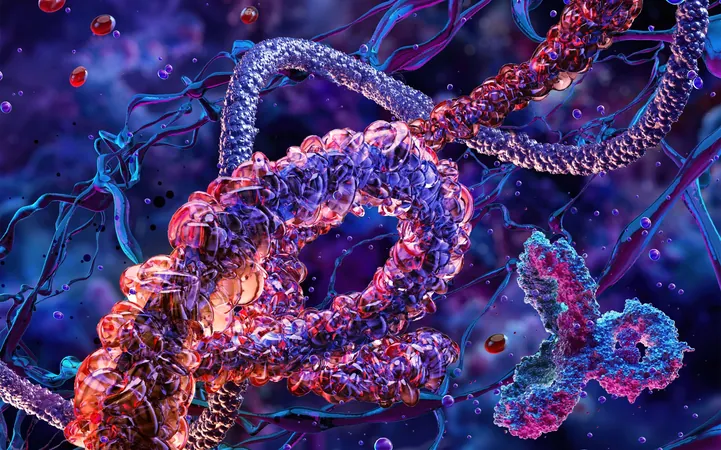
TRAPPIST-1 d: Another Earth-Like Hope Fizzles Out!
2025-08-20
Author: Charlotte
James Webb Telescope Dashes Hopes for TRAPPIST-1 d
In a recent blow to astrobiology enthusiasts, the James Webb Space Telescope's NIRSpec (Near-Infrared Spectrograph) tool has revealed that TRAPPIST-1 d lacks the key ingredients for life as we know it. The planet, a rocky gem roughly the same size as Earth, has now been ruled out as a contender for habitability after failing to show any signs of water, methane, or carbon dioxide.
The Promise and Peril of TRAPPIST-1 d
Situated in the habitable zone of its red dwarf star, TRAPPIST-1, this intriguing planet orbits its sun every four Earth days. Until now, scientists were hopeful that its proximity could mean it harbored liquid water—the crucial ingredient for life. However, new data paints a less optimistic picture.
Volatile Surroundings Raise Alarm Bells
Red dwarf stars like TRAPPIST-1 are notorious for their unpredictable behavior, often unleashing powerful radiation flares that could strip planets of their atmospheres. This raises serious questions about TRAPPIST-1 d’s capacity to support life. Caroline Piaulet-Ghorayeb, the lead author of the recent study, indicated that a lack of atmosphere could explain the absence of detectable gases. She also proposed that either an undetectable, thin atmosphere or thick clouds could be obstructing the readings.
Silver Lining: Hope for Other TRAPPIST-1 Worlds
Despite the setback for TRAPPIST-1 d, researchers remain hopeful about the other planets in this system. Caroline notes, "While we didn’t find a big, bold atmospheric signature at planet d, there is still potential for the outer planets to be holding onto a lot of water and other atmospheric components." This leaves the door open for the possibility that life could still exist in the TRAPPIST-1 system—if only we can find it!









 Brasil (PT)
Brasil (PT)
 Canada (EN)
Canada (EN)
 Chile (ES)
Chile (ES)
 Česko (CS)
Česko (CS)
 대한민국 (KO)
대한민국 (KO)
 España (ES)
España (ES)
 France (FR)
France (FR)
 Hong Kong (EN)
Hong Kong (EN)
 Italia (IT)
Italia (IT)
 日本 (JA)
日本 (JA)
 Magyarország (HU)
Magyarország (HU)
 Norge (NO)
Norge (NO)
 Polska (PL)
Polska (PL)
 Schweiz (DE)
Schweiz (DE)
 Singapore (EN)
Singapore (EN)
 Sverige (SV)
Sverige (SV)
 Suomi (FI)
Suomi (FI)
 Türkiye (TR)
Türkiye (TR)
 الإمارات العربية المتحدة (AR)
الإمارات العربية المتحدة (AR)